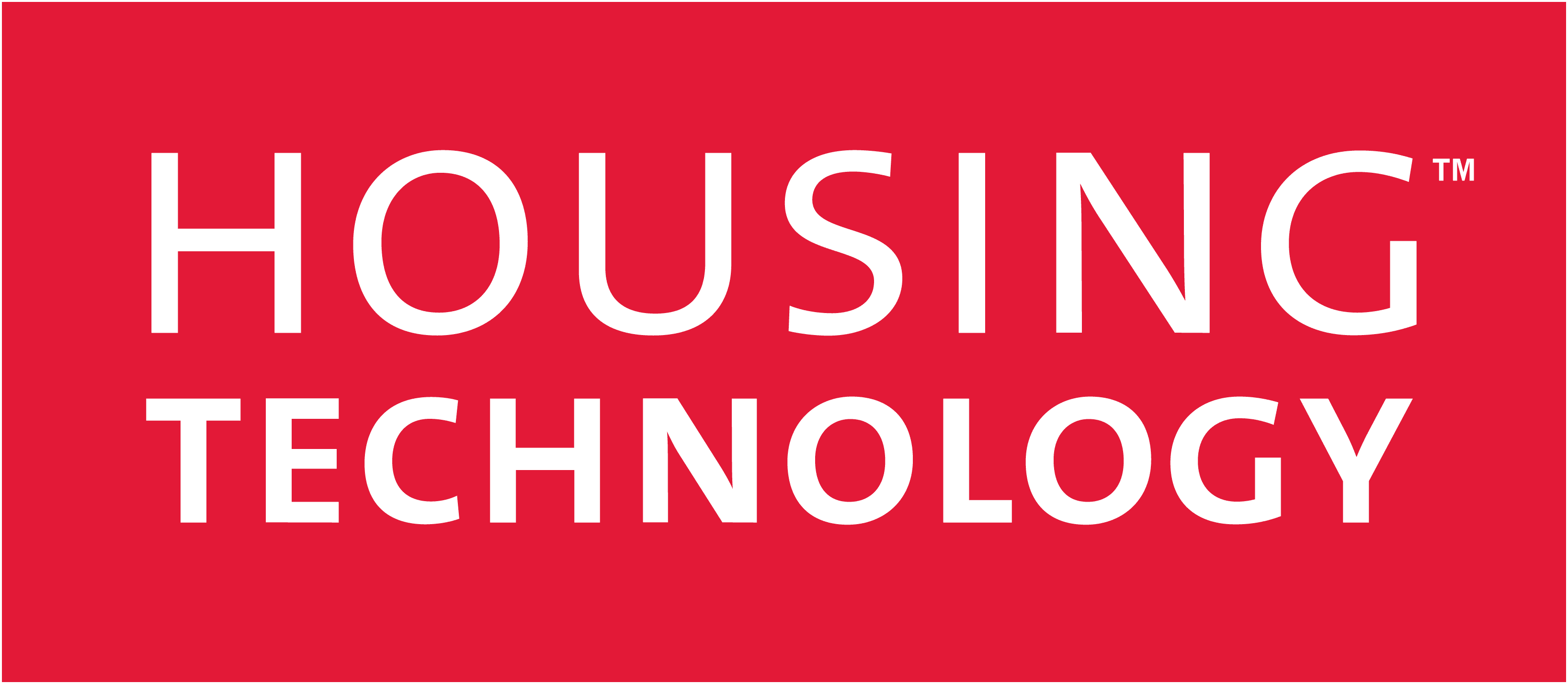Housing Technology asked Andrew Coaton to highlight some of the IT project delivery differences between the public and private sector. Andrew Coaton has not only been closely involved with IT in housing for 15 years but he has also spent over five years contracted to large private-sector organisations, such as Barclays, Dixons Group and Capital One.
There is a definite difference between IT in housing associations and IT in the private sector. Having worked in both sectors, I believe that both housing providers and housing technology suppliers can benefit from the private sector’s approach to project delivery.
In the private sector, projects have a life cycle which includes separate environments for development, testing and user-acceptance testing (UAT). Generally these environments are controlled as it is important to make sure that the underlying infrastructure is a true simulation of the live environment. If this is not done, it often invalidates the UAT process which is critical to the success of live implementations. In the past it was too expensive for housing associations to build and maintain multiple environments. However, the cost barriers have fallen with the explosion in virtualisation products such as Vmware, Citrix Xenapp Server and Windows 2008 Hyper V. These technologies should be fully used by planning and controlling the environments. This means that high-quality implementations into live environments can become a reality for housing associations.
Housing organisation will typically be driven by the experience of suppliers and consultants when adopting new technologies. While the focus is on the obvious benefits of virtualisation technology, such as server consolidation and disaster recovery, housing organisations can now develop new strategies using these new virtualised environments. For example, using a consultancy to install a new technology or application could now mean deployment into a UAT environment. If this process is well documented by the consultancy, the internal IT department can deploy this into live environments. As a result, the business will have greater confidence because the procedures will have been tested and signed off by the users before going live. In addition, the internal IT staff will more control of the live environment.
For example, a similar approach is used by Barclays in its development department responsible for packaging applications for Citrix environments. The development staff integrate these application packages into development and UAT environments. Part of the process involves creating two very detailed step-by-step documents for integrating the applications into the Citrix environment. Once this is signed off in UAT, a member of the live team would test these processes by implementing them in an operational acceptance testing (OAT) environment. Finally, if this is successful, then a different live implementer would follow the integration documentation to implement this into the live environment.
The private sector approach to project design also differs from the approach taken by most housing organisations. In the private sector, project design is broken down into business requirements, architecting, high level and low level. This may seem over-the-top for small projects, but logically they are all valid design steps. The business requirements are the starting point of the project and this is the blueprint of the objectives; it determines whether the design meets all of the criteria. Architecting is the highest level of the design, but most importantly, it determines how the solutions will integrate with the existing infrastructure and also pulls together all of the technologies and designs for the project into a single architectural design.
For example, the banks have many projects focused on deploying new call centres in Asia. This is a big challenge as the call centre will normally be operated by a third-party supplier. However, the bank will deliver the infrastructure to that vendor; this usually involves integrating a voice infrastructure, a voice and screen recording infrastructure and a data infrastructure. Potentially there would be many vendors and solutions involved in a project like this. By using a comprehensive design framework for these projects means that high-quality projects can be delivered and supported throughout their life cycle.
Housing associations can now adopt methodologies which enterprise organisations in the private sector use; no longer is it too expensive to adopt these working methods. These benefits should be considered when looking at using virtualisation products. Furthermore, this is a good opportunity for suppliers and consultants to work with housing associations by supporting and encouraging these methodologies and standards.
Andrew Coaton is the founder of independent consultants CoatCom.


